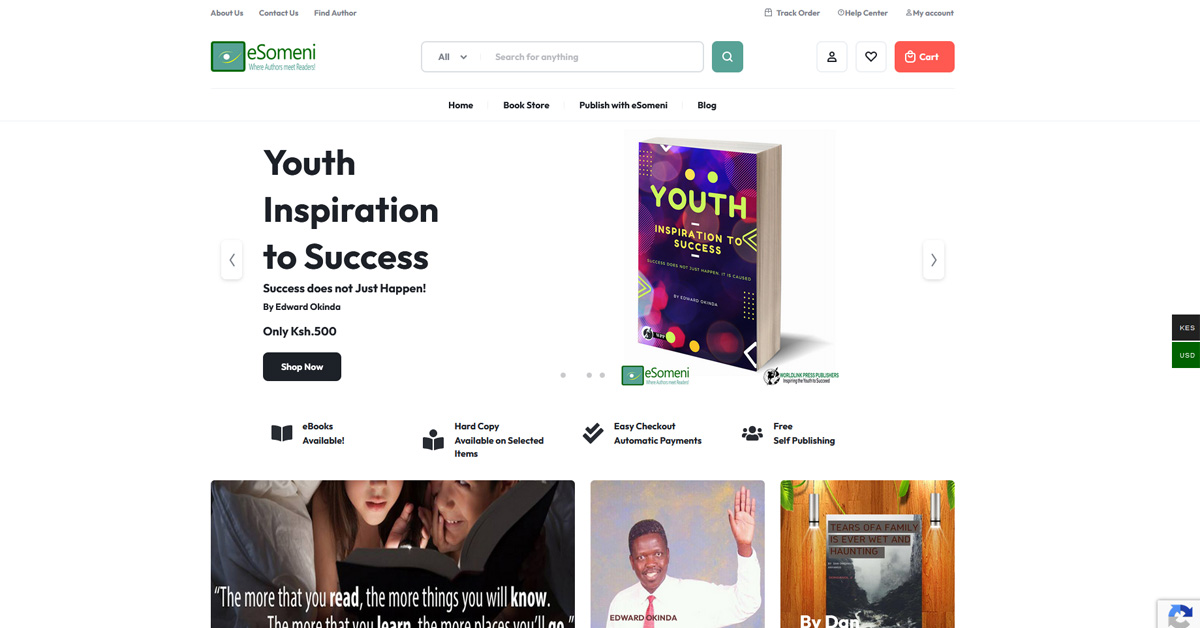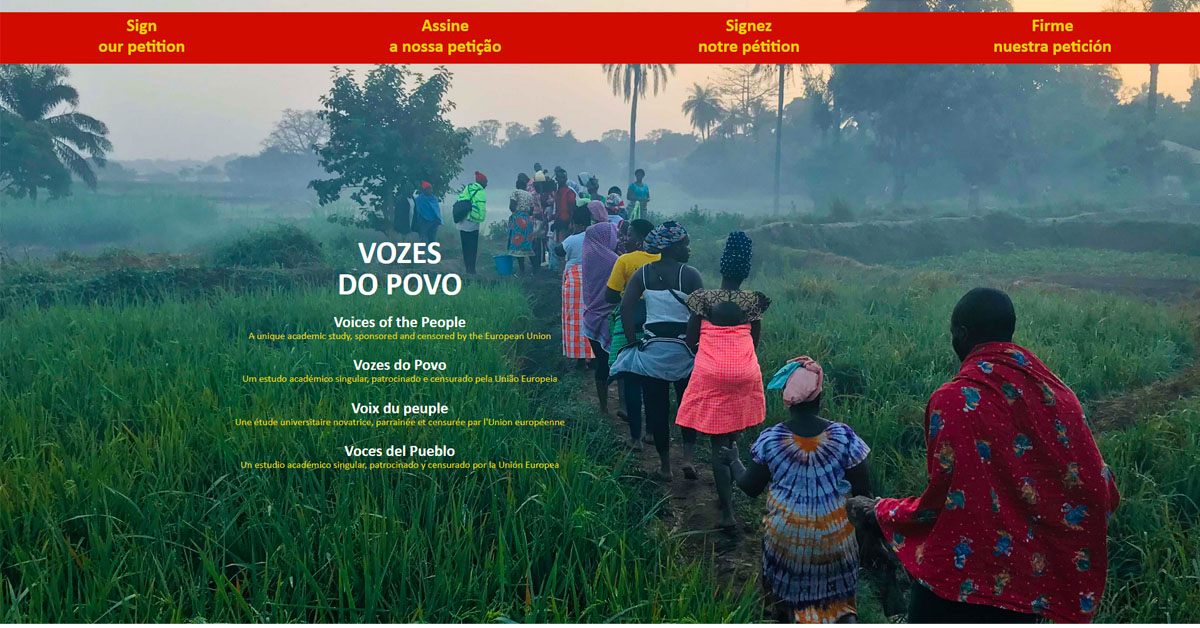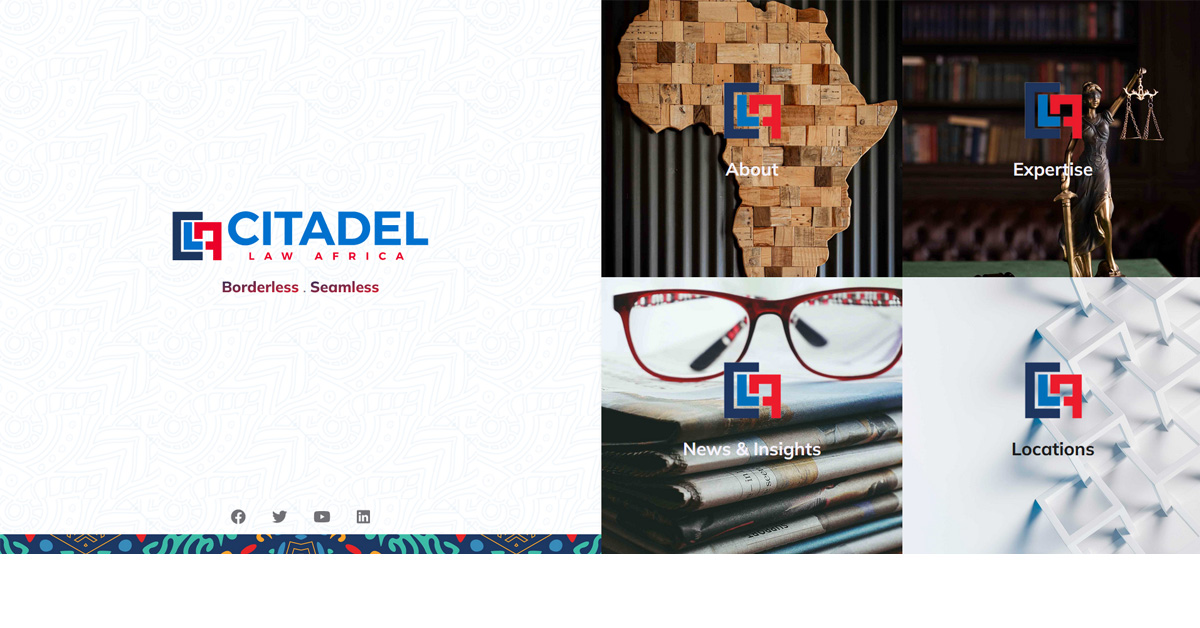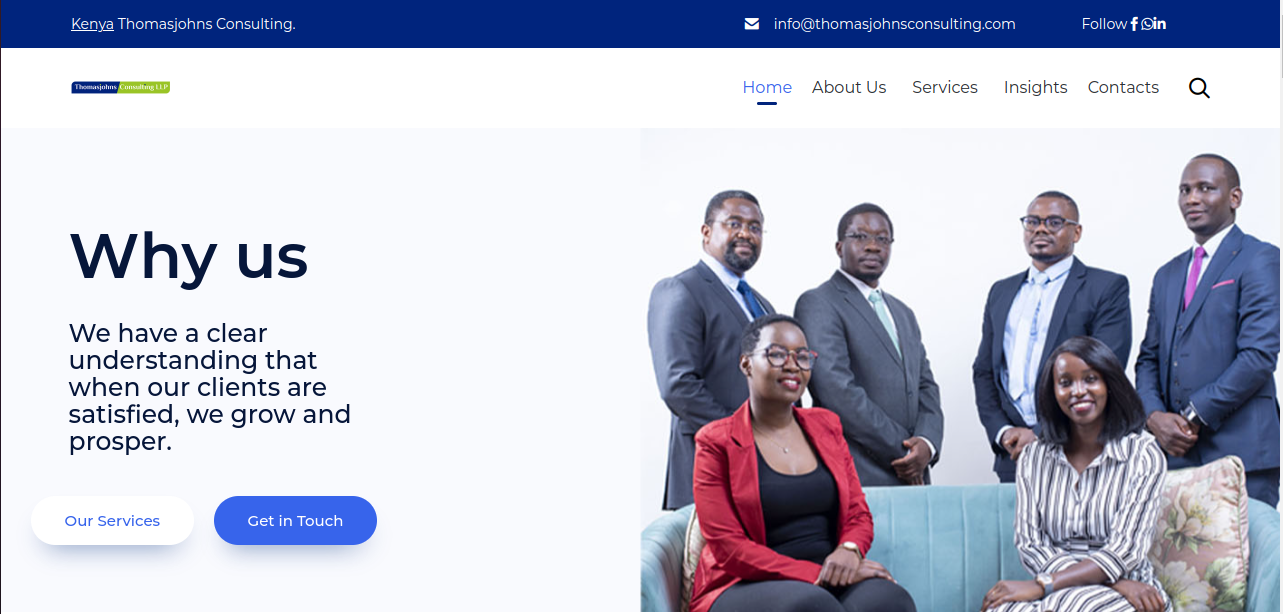Web Design

Web design isn't just about creating an aesthetically pleasing website; it's also about understanding the psychology behind user behavior. With so many websites competing for users' attention, it's essential to understand how to influence their behavior and keep them engaged. The psychology of web design combines the science of human behavior with design elements to create a website that not only looks great but also drives user engagement.
From color psychology to the placement of buttons, every aspect of web design can impact user behavior in significant ways. By understanding these psychological principles and implementing them in your design, you can create a website that not only meets your business goals but also provides a positive user experience. We create websites that users love.
Happy Clients
Our success starts with our Esteemed Customers
The Psychology of Web Design: How to Influence User Behavior
Have you ever wondered why some websites are more engaging than others? It's not just about the aesthetics or functionality of a website, but also about how it influences user behavior. This is where the psychology of web design comes into play. By understanding how users think and behave, you can design a website that not only looks great but also encourages users to take specific actions. From the use of colors and fonts to the placement of buttons and images, every element on a website can impact user behavior. In this article, we will explore the psychology of web design and share tips on how to create a website that engages and influences user behavior. Whether you're a business owner looking to improve your website or a designer seeking to create more effective designs, this article is for you. So, let's dive in and discover the power of psychology in web design!
Understanding User Behavior
Before we dive into the specific design elements that can influence user behavior, it's important to understand the psychology behind it. Users visit websites with specific goals in mind, whether that's to find information, make a purchase, or connect with others. Understanding these goals and how users approach them is key to creating a website that meets their needs.
One key aspect of user behavior is cognitive load. This refers to the amount of mental effort required to complete a task. When a website has too much information or is difficult to navigate, it can create a high cognitive load, causing users to become frustrated and leave the site. On the other hand, a well-designed website with clear navigation and a logical layout can reduce cognitive load and encourage users to stay.
Another important factor in user behavior is motivation. Users are more likely to take action if they feel motivated to do so. This can be achieved by providing valuable content or products, creating a sense of urgency, or appealing to users' emotions. Understanding what motivates your users can help you design a website that encourages the actions you want them to take.
The Impact of Color on User Behavior
Color is one of the most powerful tools in web design, as it can evoke emotions and influence user behavior. Different colors can have different meanings and associations, so it's important to choose colors that align with your brand and the message you want to convey.
For example, blue is often associated with trust and reliability, making it a popular choice for financial institutions and healthcare providers. Red, on the other hand, can create a sense of urgency or excitement, making it a good choice for call-to-action buttons. Green is often associated with nature and growth, making it a good choice for eco-friendly or sustainable brands.
It's also important to consider color contrast when designing a website. High contrast between text and background can improve readability and reduce eye strain, while low contrast can make it difficult to read and discourage users from engaging with your content.
The Importance of Website Layout and Design
Website layout and design can impact user behavior in many ways, from guiding users to specific actions to creating a sense of trust and credibility. One key aspect of website design is the use of white space. White space, or the empty space between elements on a page, can help improve readability and reduce cognitive load. It can also create a sense of elegance and sophistication, making your website feel more professional.
Another important aspect of website design is the use of visual hierarchy. This refers to the order in which elements are presented on a page, with the most important elements being given the most prominence. By using visual hierarchy, you can guide users' attention to the most important content or calls-to-action, encouraging them to take specific actions.
Finally, website design can impact user behavior by creating a sense of trust and credibility. A well-designed website with a professional look and feel can make users feel more confident in your brand, while a poorly designed website can make them question your credibility.
Using Typography to Influence User Behavior
Typography, or the style and arrangement of text, can also impact user behavior. Different fonts and font sizes can create different emotional responses and associations, so it's important to choose typography that aligns with your brand and the message you want to convey.
For example, serif fonts are often associated with tradition and elegance, making them a good choice for luxury brands or formal websites. Sans-serif fonts, on the other hand, are often associated with modernity and simplicity, making them a good choice for tech companies or minimalist designs.
It's also important to consider font size and spacing when designing a website. Small text or cramped spacing can make it difficult to read and discourage users from engaging with your content, while larger text and generous spacing can improve readability and encourage users to stay on your site.
The Psychology of Website Navigation
Website navigation is another key aspect of web design that can impact user behavior. Clear and intuitive navigation can reduce cognitive load and make it easier for users to find the information or products they're looking for. On the other hand, confusing or cluttered navigation can create a high cognitive load and discourage users from engaging with your site.
One important principle of website navigation is the use of familiar patterns and conventions. Users are accustomed to certain navigation patterns, such as a menu bar at the top of the page or a search bar in the header. By using these familiar patterns, you can make it easier for users to navigate your site and find what they're looking for.
Another important principle of website navigation is the use of hierarchy. By organizing content into categories and subcategories, you can create a clear and logical hierarchy that makes it easier for users to navigate your site. This can also help guide users to specific actions or products, increasing the likelihood that they will take the actions you want them to take.
The Power of Social Proof in Web Design
Social proof, or the idea that people are influenced by the actions and beliefs of others, can be a powerful tool in web design. By showcasing social proof, such as customer reviews or social media followers, you can create a sense of trust and credibility that encourages users to engage with your brand.
One common form of social proof is the use of testimonials or customer reviews. By showcasing positive reviews from satisfied customers, you can create a sense of trust and credibility that encourages potential customers to make a purchase or engage with your brand.
Another form of social proof is the use of social media followers or likes. By showcasing your social media following or the number of likes your content has received, you can create a sense of popularity and authority that encourages users to engage with your brand.
The Role of Emotions in Web Design
Emotions play a powerful role in user behavior, and web design can be used to evoke specific emotions and influence user behavior. For example, using images of happy people or animals can create a sense of joy or positivity, while images of sad or distressed people can create a sense of empathy or urgency.
It's also important to consider the emotions that users may be feeling when they visit your site. For example, if you're selling products related to health or wellness, users may be feeling anxious or worried. By using calming colors or imagery, you can help alleviate these emotions and create a sense of comfort and trust.
A/B Testing and User Behavior Analysis
Finally, it's important to test and analyze user behavior to determine what works best for your specific audience.
User behavior analysis can also provide valuable insights into how users interact with your website. By tracking user behavior, such as clicks, scroll depth, or time on page, you can identify areas where users may be struggling or getting stuck. This information can then be used to make improvements to your website and create a better user experience.
Conclusion and Final Thoughts
The psychology of web design is a powerful tool for creating websites that engage and influence users. By understanding user behavior and incorporating design elements that align with your brand and message, you can create a website that encourages users to take specific actions and build a sense of trust and credibility. Remember to test and analyze user behavior to determine what works best for your specific audience, and always strive to create a website that meets their needs and exceeds their expectations.






















.jpg)
































